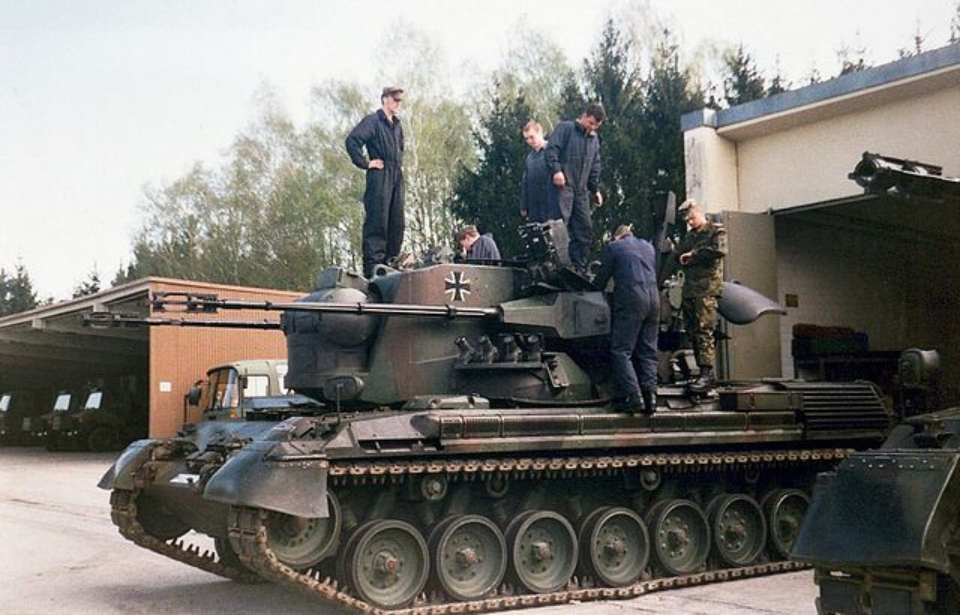In May 1955, nearly a decade after the end of the Second World War, West Germany joined NATO. Reacting to the decision, the Soviet Union created the Warsaw Pact, which included East Germany and other Eastern Bloc countries. With the world’s powers taking sides, there was a push to create both offensive and defensive military weapons. One of the weapons to come out of this increased development was the Flugabwehrkanonenpanzer Gepard anti-aircraft gun, better known as the Flakpanzer Gepard.
Development of the Flakpanzer Gepard
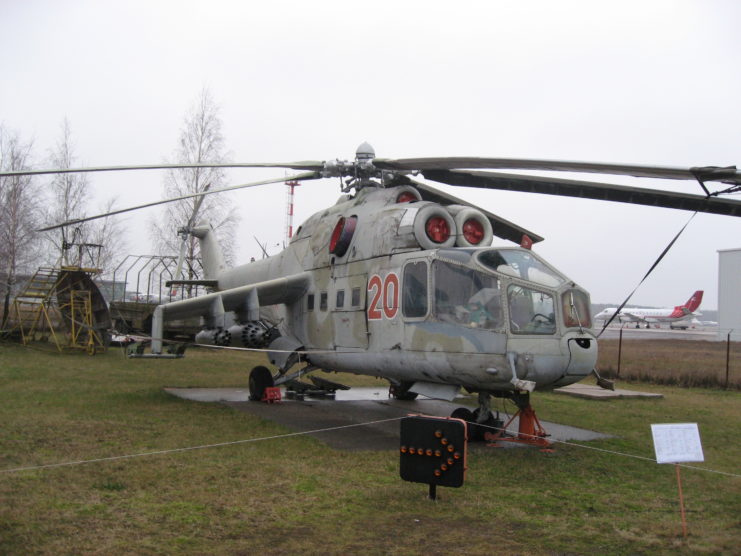
One of West Germany’s key concerns was the USSR’s continued improvement and development of aviation threats, among them the Mil Mi-24 Hind helicopter, which was designed to not only ferry soldiers, but also act as a gunship.
The development on the Flakpanzer Gepard (German for “Cheetah”) began in 1963. Six years later, four prototypes, equipped with 30 and 35 mm guns, were developed, with the intention of choosing one for mass production. In 1970, the decision was made to move forward with the 35 mm design, and by March 1970, the West German government had placed an order for the anti-aircraft gun. It remained in service until 2010, when it was replaced by the Wiesel 2.
Layout of the Flakpanzer Gepard
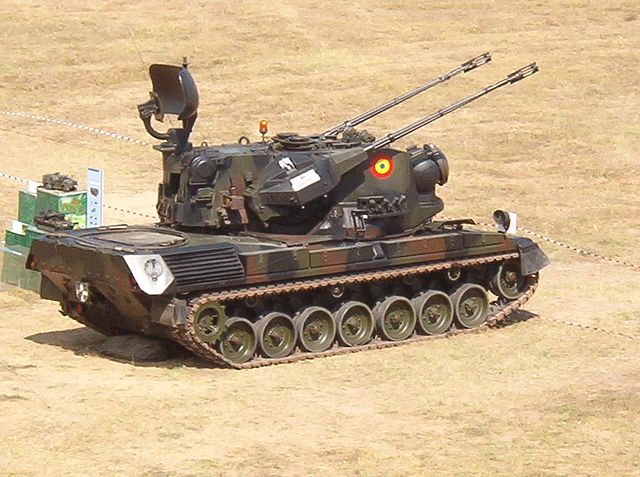
The chassis of the Flakpanzer Gepard is based on the Leopard I tank, meaning it features a rotating turret capable of turning 360 degrees. Additionally, the anti-aircraft gun features a modified Leopard I chassis, complete with a V-engine, as well as its track. To properly operate, a crew of three is needed: two soldiers to work the turret and one to drive.
The Flakpanzer Gepard is known for its strong mobility, and it can easily traverse over rough terrain. It also has multiple features to protect those within. Both the hull and turret are covered in steel, and smoke grenades can be deployed to form a temporary screen around the anti-aircraft gun. It also features a nuclear, biological, chemical (NBC) system, used to filter air, and a fire suppression system.
Twin guns allow for increased firepower
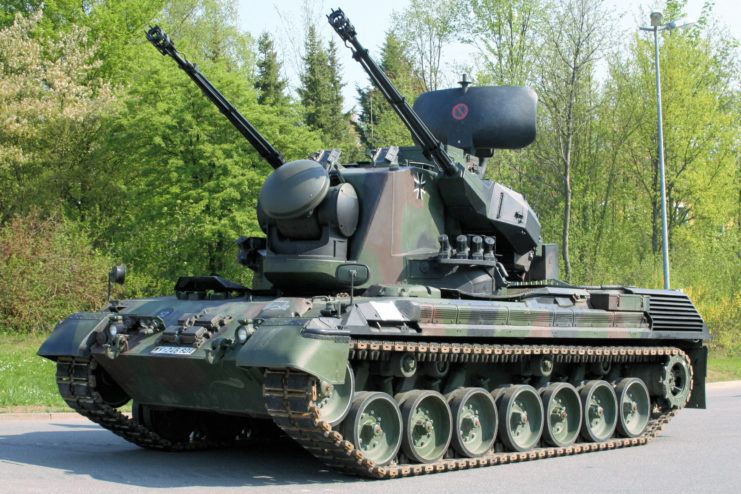
In the years prior to the Flakpanzer Gepard‘s development, jet technology had rapidly advanced. This meant the missiles and machine guns tasked with shooting down aircraft had to follow suit.
West Germany ensured this by installing the Oerlikon 35 mm twin cannon, better known as the Oerlikon GDF, on the anti-aircraft gun. The two .90-caliber guns have an effective range of around 3.4 miles and can fire 550 rounds each per minute, making for a combined total of 1,100 rounds per minute.
The Flakpanzer Gepard features two radars – a general search radar toward the rear and a tracking radar – as well as a laser rangefinder mounted between the guns. All this combined allows operators to track enemy aircraft and fire accurately.
Adopted by a number of other nations
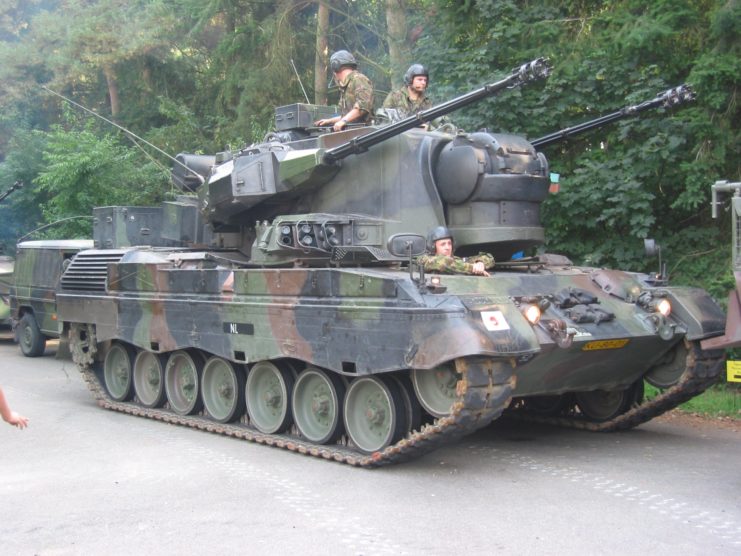
The most prominent nations outside of West Germany to equip the Flakpanzer Gepard were the Netherlands, which ordered 95 units with a slightly different radar system, and Belgium. The Netherlands Armed Forces discontinued their use of the anti-aircraft gun in 2006, while Belgian forces, too, retired the 55 they’d acquired.
Chile originally ordered four Flakpanzer Gepards, which were delivered in 2008. However, its government canceled a second order for 30 more when it realized how expensive it was to upgrade and maintain them.
Only three nations currently operate the Flakpanzer Gepard. Romania purchased 43 from the existing German stock, while Brazil received 36. Jordan has 60, which its government purchased for $21 million from the Netherlands.
Future of the Flakpanzer Gepard
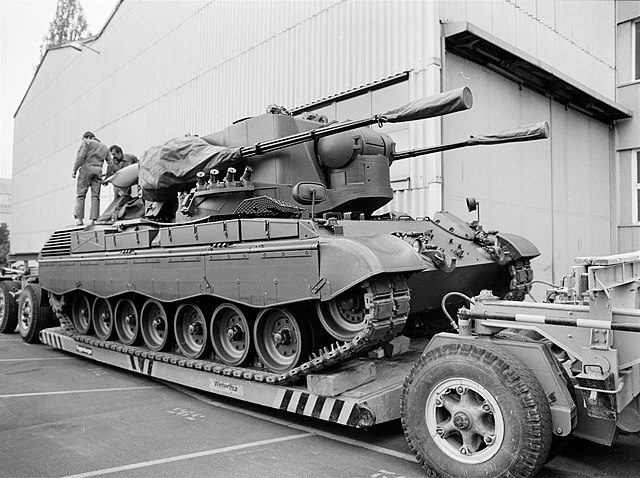
While the German and Dutch armies have stopped using the Flakpanzer Gepard, regular upgrades are still being made to the anti-aircraft gun. Qatar, the host of the 2022 FIFA World Cup, has ordered 15, along with spare parts, with plans to use them to protect against potential drone attacks during the event.
More from us: M240: The Machine Gun Loved By Both Marines and the US Army
Shortly after the Russian invasion of Ukraine in February 2022, German company Krauss-Maffei Wegman (KMW) offered to send 50 of the anti-aircraft guns to the Ukrainian military. The German government approved this transfer two months later, with the first arriving in Ukraine in July 2022. There have been issues regarding the system recognizing Norwegian-produced ammunition, but the problem is being worked on.
